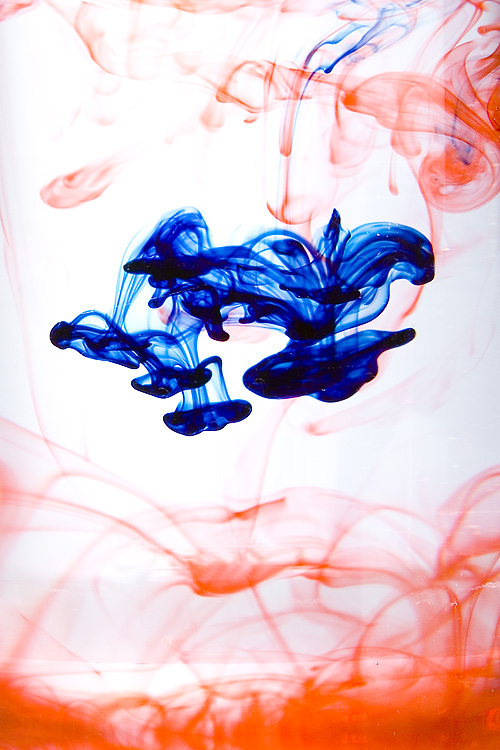Homework: Write a three paragraph summary IN YOUR OWN WORDS on the effects of acid rain on the soil, lakes/rivers, fish, people and man-made objects. You should use the website from last night's homework as well as the notes from class today. Click on any of the images below to get to a larger version of the text. This is due tomorrow in class. You may type or hand write this assignment. The information below is from the Delaware Department of Resources & Environmental Control










